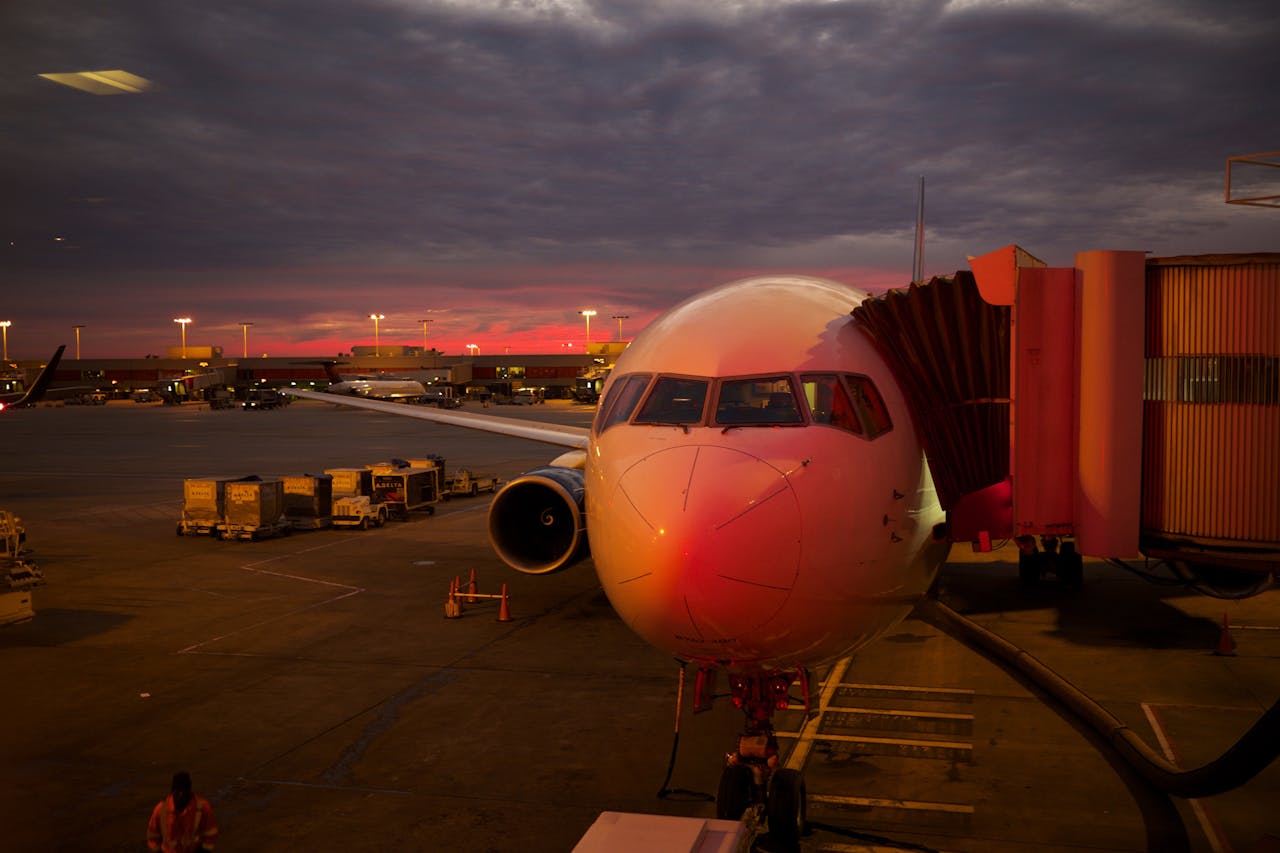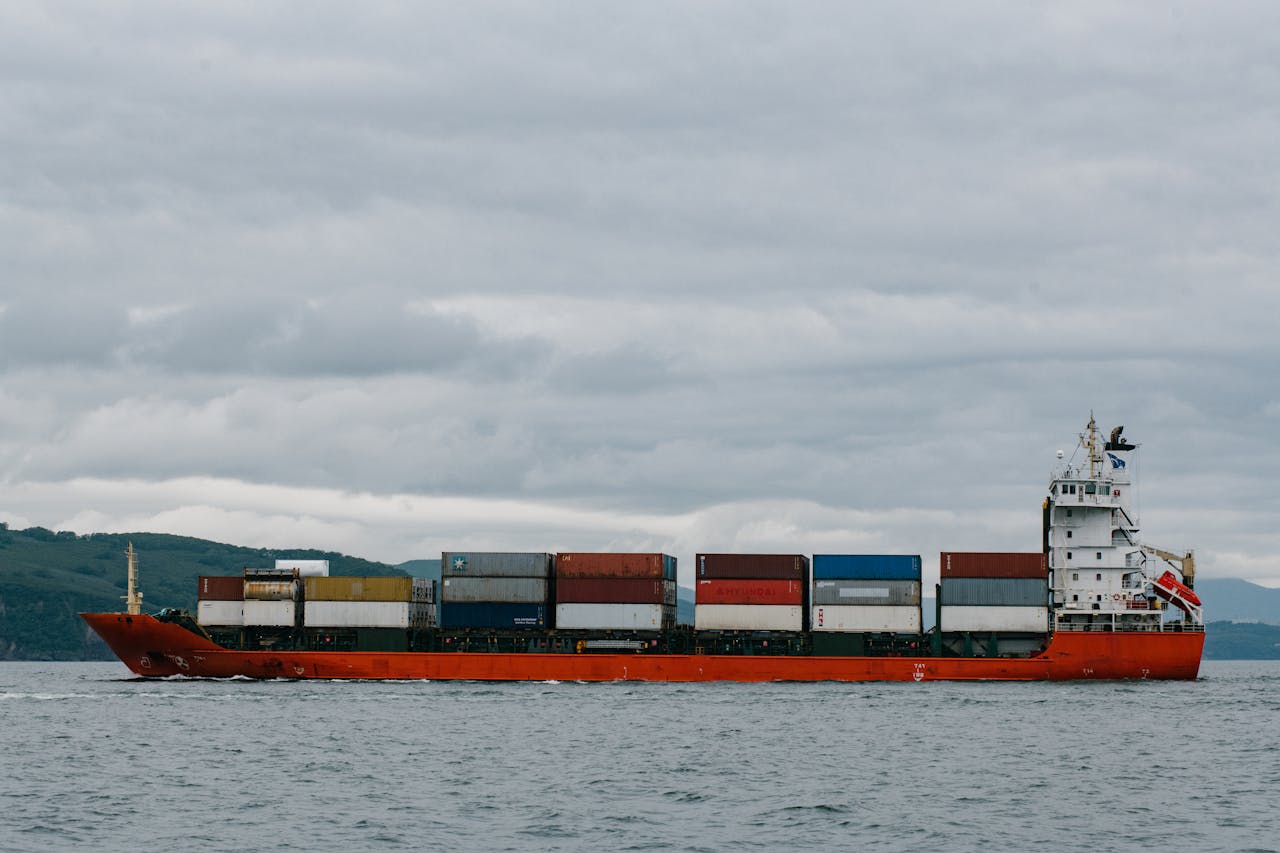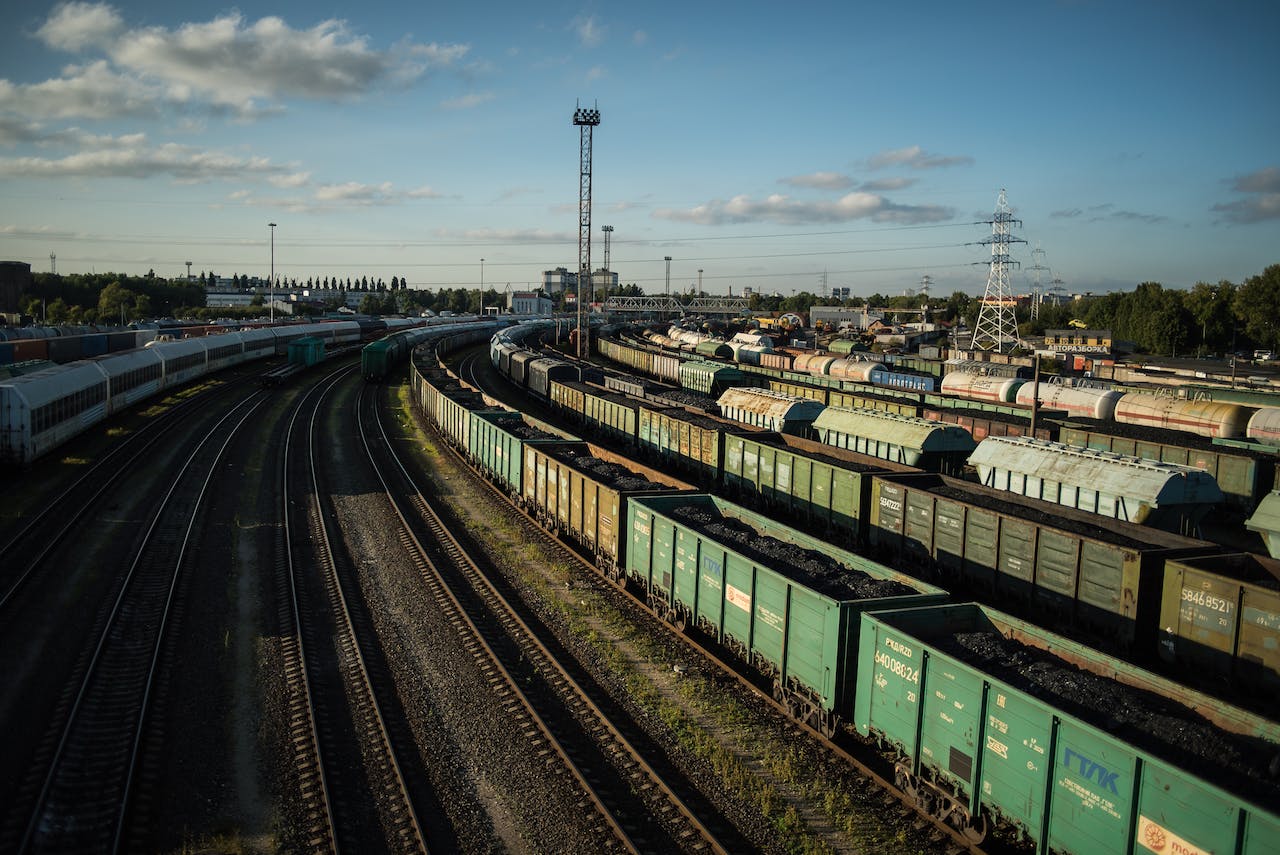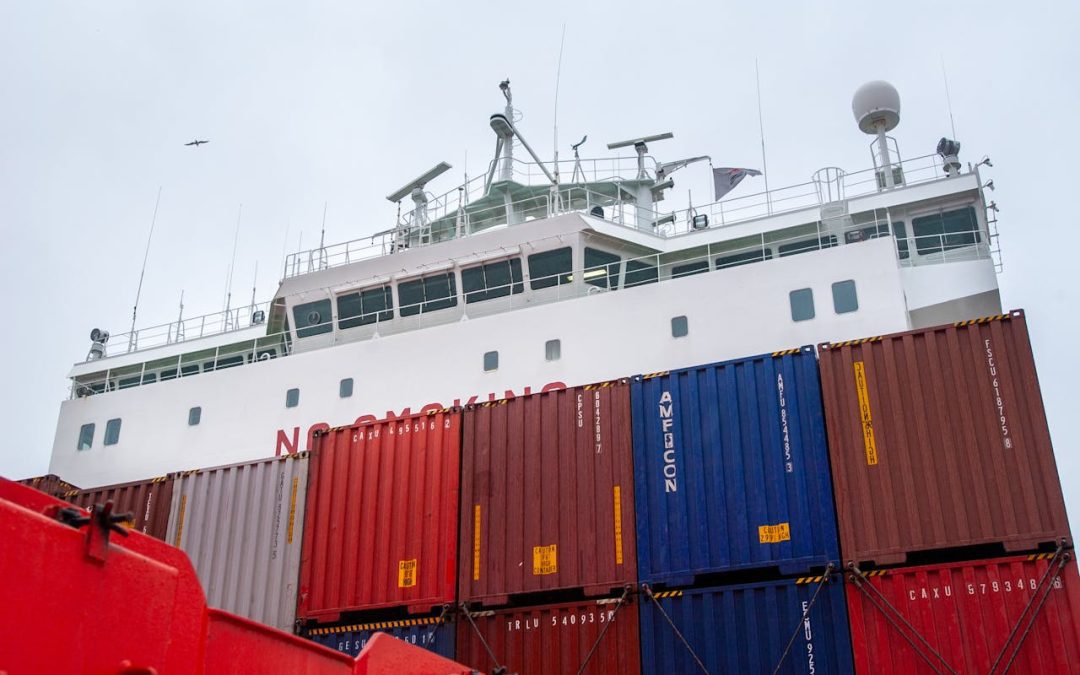When you are looking to get your cargo from A to B, choosing the optimal freight mode is an important part of both your logistics budgeting and timescale – often with you having to balance one against the other.
Are you in a hurry to get your cargo to its destination, or do you need the most budget-friendly shipping option?
The mode of transport is the main factor in determining speed and cost of your freight – but how do you know what to choose?
Let us break down the pros and cons of each of the three main freight modes so that you can make an informed choice as to what works best for you.
Air Freight
Just like when you’re considering your holiday, air freight is the fastest way to get your cargo where you want it to be, but it is also likely to be the most expensive.
In the pros column, we find:
- Speed – Flying is simply the fastest way to go any sort of long distance. Relatively speaking, the transit time is lightning-fast.
- Reach – Since planes can go anywhere, air freight has a full global reach and almost unlimited access to every country on Earth.
- Security – Air freight comes with a host of regulations, but that means the security is extra tight. Of all the freight options, air is the best when it comes to security guarantees.
For cons:
- Cost – There’s no getting away from the fact that air is the most expensive transport option.
- Limited Capacity – Relatively large volumes can be transported by air, but there is a limitation on size and weight where cost increases significantly.
- Environmental Impact- All modern businesses must consider their environmental responsibility, and air freight scores lower than other forms of transportation here, making it the worst when it comes to eco-friendliness.
When sending smaller amounts of cargo where speed is of the essence, there is nothing better than air, but do consider the global impact as well as your cash flow.

Sea Freight
When it comes to shipping large volumes of goods where time isn’t a problem, sea freight is the economical workhorse.
The pros of sea freight:
- Cost-Efficiency – Ships are economical ways to traverse the world, and thus, sea freight is the most budget-friendly way to ship your cargo between continents.
- Capacity – Until you’ve seen a modern cargo ship up close, it’s hard to really understand how enormous they are! A cargo ship has mammoth capacity, and there is really no limit to the size of the cargo you can ship this way.
- Versatility – Sea freight is great for shipping any type of cargo, with refrigeration able to keep even perishable cargo in good order for the extended length of the journey. There is nothing too big or too heavy for sea freight, making it the most versatile option.
The downsides of shipping by sea:
- Longer Transit Times – Shipping times can be measured in weeks in many cases, with times from areas like China to the UK taking between 25 and 40 days. You need time on your side when relying on sea freight.
- Potential for Delays – There are many factors that can affect sea freight and add unwanted delays, from the weather conditions to port congestion. It’s advisable to factor in a delay window when planning your shipping.
- Environmental Impact – While not as poor as air freight, sea freight still has considerable environmental concerns. This is a constantly improving situation, with a great deal of work being done in the industry to lower sea freight carbon emissions, however it must still be factored when shipping goods worldwide.

Land Freight
Covering the two modes of rain and road, land freight represents the combination of flexibility and accessibility. Almost all cargo uses land freight at some point in its transport, as it often represents the optimal way to move cargo from port or airport to the final destination.
Managing these mixed modes of freight is the speciality of freight forwarding services like Millennium Cargo. Why not contact us to discuss your freight requirements and let us help you find the best way to ship your cargo to any worldwide destination?
Road Freight
The pros of travelling by road include:
- Door-to-door convenience – Only road freight offers the complete option to arrive at the true final destination. The road network, both in the UK and abroad, is extensive, allowing road freight to access pretty much anywhere things need to go.
- Adaptable – Transport by truck allows for extreme flexibility in terms of scheduling and routes, which makes it ideal for time-sensitive deliveries.
- Cost-effective – Road freight offers a budget-friendly option, especially for shorter distances or smaller shipments where sea freight is not viable.
The negatives of road freight are:
- Limited capacity – Trucks and smaller vehicles have significantly lower cargo capacity than ships or trains.
- Environmental Impact – Though each year brings new options, road freight still lags behind when it comes to its eco-friendly options, a continued concern in the shipping industry.
- Vulnerability to Delays – With the road network in use by millions of vehicles daily, there is a far greater potential for unforeseen incidents causing delays to road freight.
Rail Freight
The advantages of rail are:
- Reliability and Efficiency – Rail is one of the most reliable and efficient forms of freight with well-established routes.
- High Capacity – Compared to road and air, rail offers a significantly higher capacity for large shipments.
- Eco-friendly – Rail represents the most eco-friendly of the main shipping options.
Rail suffers from the following disadvantages:
- Limited Accessibility – While the rail network in the UK is considerable, other countries can suffer from more limited route options. Even in the UK, some areas are inaccessible by rail.
- Inflexible – Rail relies on fixed routes and tightly defined schedules with little flexibility on either.
- Additional Handling – Shipments that use rail will likely require additional handling, which increases the risk of loss or damage.

Choosing the Right Freight Mode for You
The main considerations to assess when choosing the right freight mode for your shipping needs are:
- The type of cargo
- Size and volume of your shipment
- Your budget
- Shipping time constraints and deadlines
- Your business dedication to environmental impact
At Millennium Cargo, we are experts in evaluating the specific business factors that come with the multiple shipping options, as well as being specialists in multi-mode shipping that’s essential for direct worldwide door-to-door shipping. Speak to us today to discuss your requirements, from how much you want to spend to the speed you need it delivered, and we’ll bring our expertise to the fore to provide the maximum efficiency and best cost savings.

